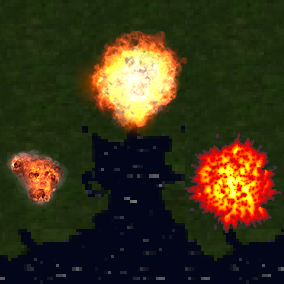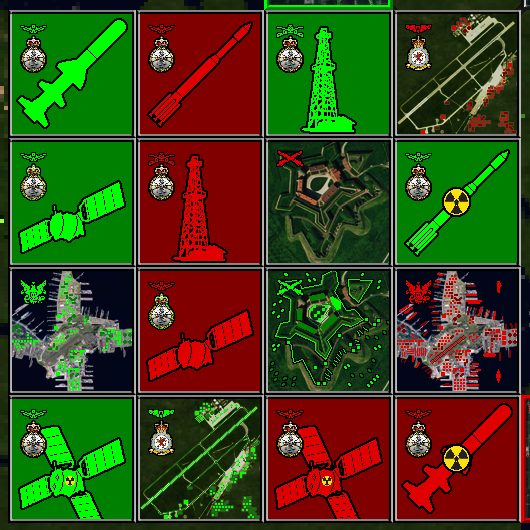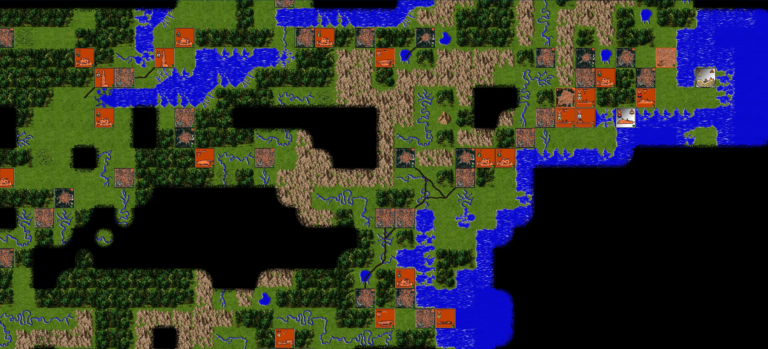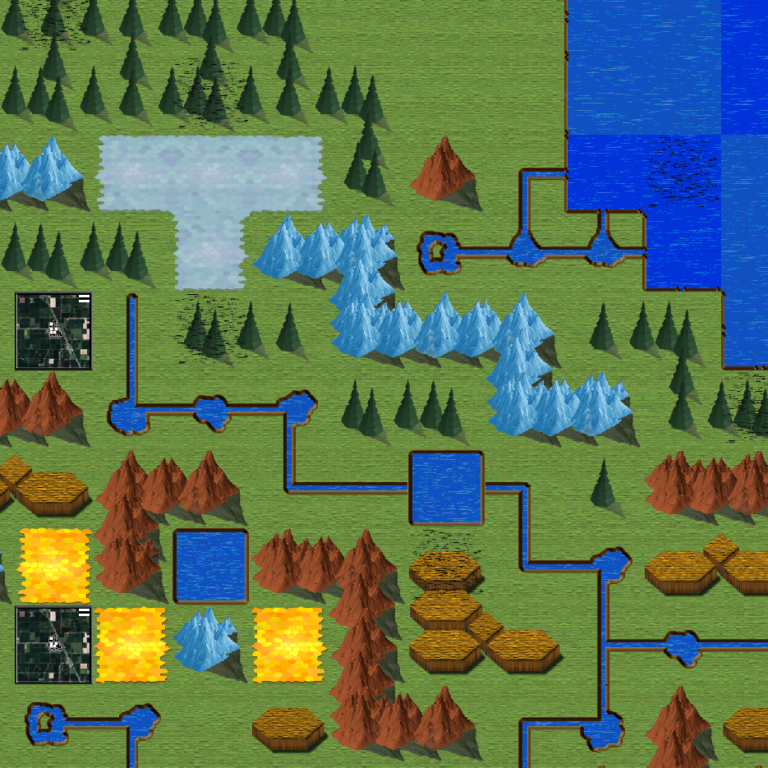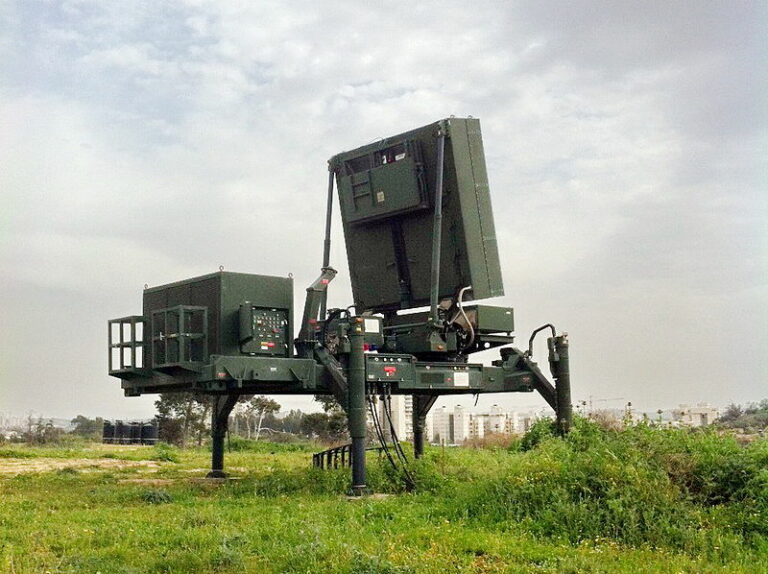MUD Points to Percentages
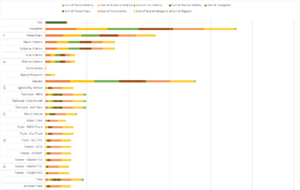 I’ve finished a first pass at the unit values. I am in the process of transforming the values to the EDCE format and then uploading it for play testing. This version will be a lot different than the previous one in terms of attack/defense values. In the current version, there is little difference in direct attack values, as supporting fire is meant to have greater emphasis. In this version however, the difference between supporting fire and direct fire is determined by how committed the unit is to staying engaged.
I’ve finished a first pass at the unit values. I am in the process of transforming the values to the EDCE format and then uploading it for play testing. This version will be a lot different than the previous one in terms of attack/defense values. In the current version, there is little difference in direct attack values, as supporting fire is meant to have greater emphasis. In this version however, the difference between supporting fire and direct fire is determined by how committed the unit is to staying engaged.
There is an additional work in progress related to this set. I laid the framework for a Unit Attack Utility that I hope to make available on this website. The tool will help you calculate your attack/defense odds which becomes essential when planning unit builds or large strategic engagements. Here is a quick view of how the tool looks, comparing attack values for Infantry units against other Infantry and Light Vehicles.
One surprising result I took from this new method is how important first strike is on sea units. At first, I thought there was something wrong with the calculations, but as I started digging into the historical precedence of this, it became clear that this is not a fluke. In fact, one of the key reasons why naval weaponry varies from land-based weaponry is this first strike capability and the need to directly defend against it. There are multiple examples of modern naval warfare depending on this method of engagements, going all the way back to the Pacific Theater up to Desert Storm. The Falklands provided some good data around this as well.
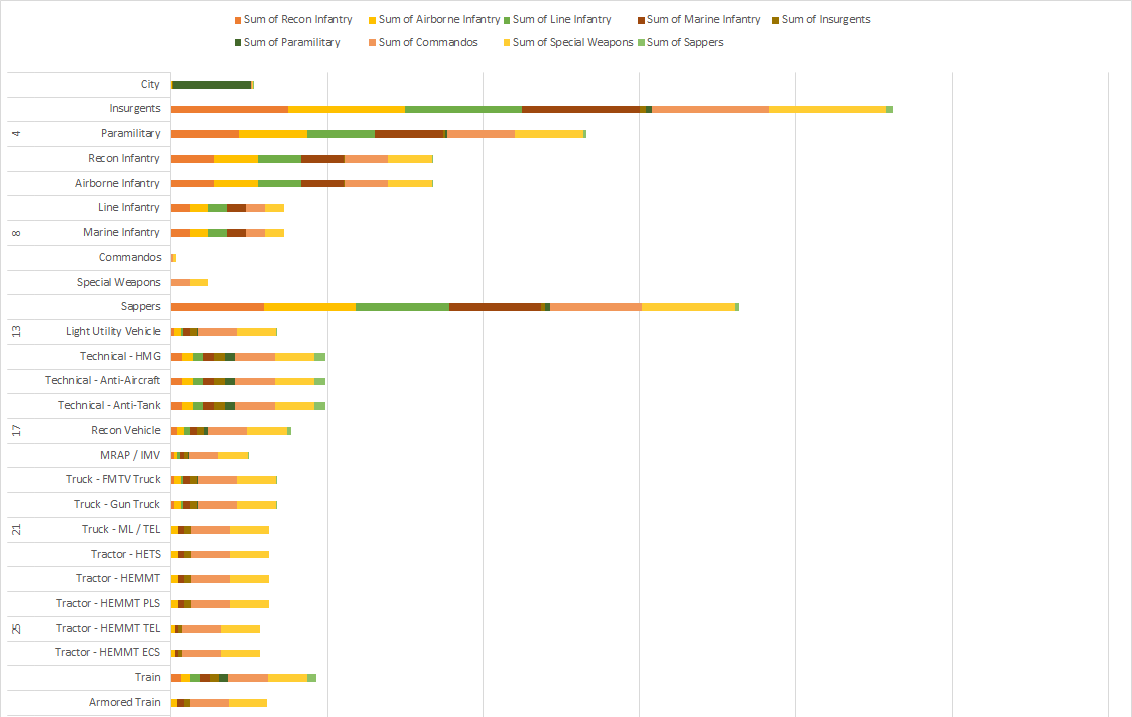
All this is to say that many players who like the naval strategy are going to have a rough time with this update. Despite the vast number of boats, the variety in naval weaponry is small by comparison. This is because of a shift in most naval vessels to start adopting similar technology. Then there is the lack of true combat data for these newer systems such as CIWS making their effectiveness harder to predict.
Aside from naval combat, the other big change that is coming is how air combat works. The current version was restricted in capability due to how morphing rules were applied in EDCE. This was fixed in the 2020 patch, and can now to re-written the way it was originally intended. The set will properly apply the weapon ranges, combat maneuverability, and ferry range of various aircraft when firing and determining range capabilities. It’s going to be important that you configure your fighters to the right weapon system while they are at your airbase as countering airborne threats will limit your ability to do combat air patrols if you do them mid-flight.
Anyway, it’s all positive new on this end. It’s just taking a long time. I may try to post more data around the set if there is any interest in seeing some of the match-ups prior to the release. Otherwise, I plan to post this as quickly as possible so you can actually use it and I can stop talking about it.

